A potager is a vegetable plot that follows garden design principles to create an ornamental and productive area. It is important to introduce a focal point to bring the whole design together, and rhythm, line, color, and texture are the main factors to consider. A focal point could be a container overflowing with ornamental Kale, an obelisk or archway dripping in beans, a towering globe artichoke, or pathways or lines of plants that help draw the eye. Let’s check out how to create a Potager below.
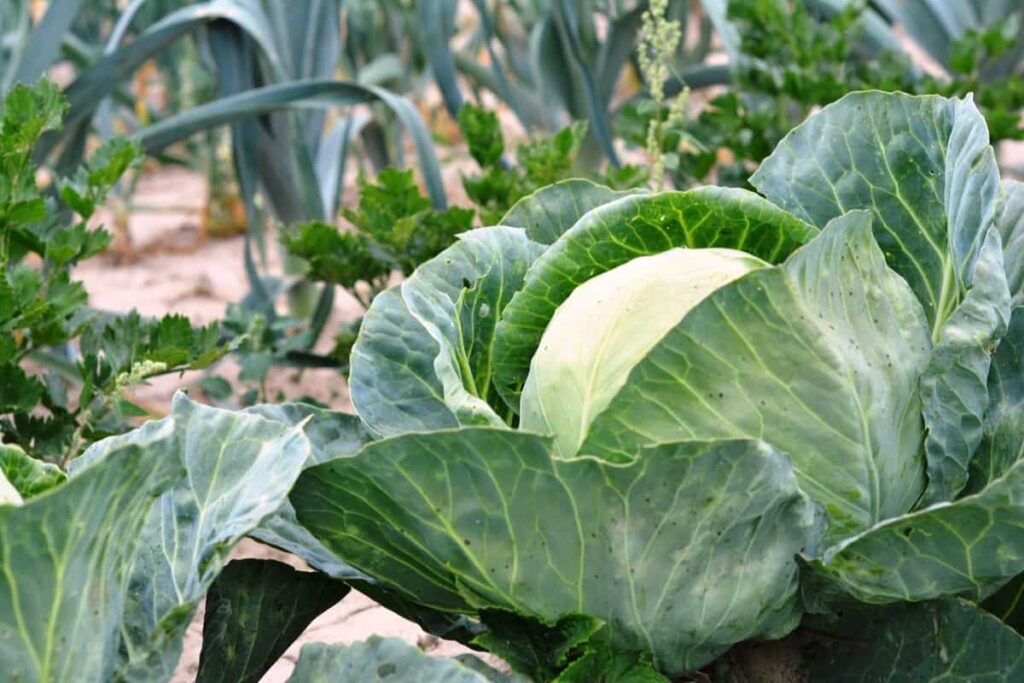
In a garden, rhythm is best achieved by repeating the same plants at irregular intervals, so instead of having one large clump of a vegetable or herb, use it as an accent or an edging. In addition to helping confuse pests, it reduces their chances of attacking crops. You can create a sense of rhythm in your garden by using soft lavender or box hedges as edging on beds or vegetable plot boundaries, cordon-trained berries, or step-over apples.
Also, use kitchen favorites like cut-and-come-again lettuces or compact curly-leaved parsley to make them easier to harvest. Potager gardens have become extremely popular in garden design over the past few years. Many homeowners wonder how to design a potager garden. It is easy to design a potager garden if you know a few things about them.
It is important to remember a few things when designing a potager garden. The design of a potager garden includes edible and medicinal flowers. The easiest kitchen garden ideas contain colorful vegetables, trellises for depth, and textures from various vegetation sizes.
How to create a Potager
Choose plants and varieties for Potager garden
In an ornamental vegetable garden, color is an obvious consideration, and thanks to nature and selective breeding, there are an infinite number of color combinations. The contrast between Swiss chard’s white midribs and common cabbage’s green leaves increases the sense of drama. The Potager can be a great place to plant ornamental plants, such as orange calendula, pink echinacea, golden sunflowers, electric blue cornflowers, and yellow, orange, and red nasturtiums.
They are useful companion plants, and their nectar is appreciated by insects, which promotes the pollination of all crops. Many people overlook the texture of plants, but it is an important design element. In the same way as with color, contrasting shapes are most effective. For example, the thin, upright chive leaves blend well with the oval leaves and more rounded habit of sage, and carrots and fennel make great foils for wrinkly Kale.
Choose the right location for Potager garden
Traditionally, a potager is placed near the kitchen door, but consider the environment in the garden. It is important to remember that vegetables need full sun, six or more hours of direct sunlight each day. Choose the right location for your Potager, and plan accordingly, even if it is farther from your home. If you’re experiencing a heat wave in July, ensure your plants have water access.
Prepare and Care for the soil properly
Plants depend on the soil for food and water. The plants will not develop properly if these materials are unavailable or the soil is in poor physical condition. Preparing the soil to produce a healthy garden is more complicated than choosing a spot and digging holes. First, choose soil that is free of root systems and has good drainage. Next, test the soil for sand and clay content, pH level, and nutrient concentrations.
In case you missed it: Missouri Vegetable Planting Calendar (MO): Month-wise Chart, Schedule, and Guide for Zone 5, Zone 6, and Zone 7
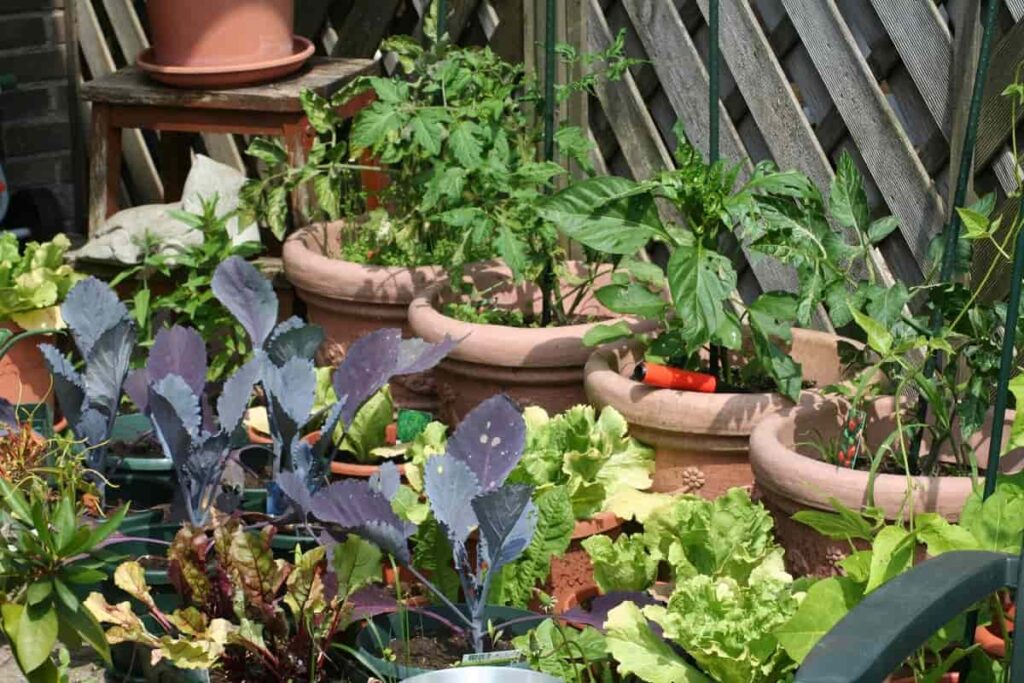
Then turn the soil over, removing rocks and roots. Lastly, add organic matter and soil amendments like clay and sand, smooth out the whole plot before planting and plow the seedbed properly to promote good plant groswth and development. Finally, fertilize the soil during growth by applying starter fertilizer and side dressings.
Plan and decide Potager Garden Layout
Beds themselves can be shaped in a variety of ways. There are endless possibilities for patterns within squares, rectangles, triangles, L-shaped, and cross-shaped shapes. For alternate red and green lettuce varieties, diagonals, zigzags, and circles look great, as make checkerboard patterns. Creating a sense of order with traditional, geometric, and symmetrical designs is important.
A Celtic pattern can be a good starting point, but be careful not to make it too complex. Particularly in small spaces, simplicity is best. It is common for neighboring plants to spread to fill gaps caused by close planting. The best part about potagers is that they require an annual rotation of crops. There is no doubt that a well-planned potager garden will delight both the eye and the palate.
Create paths in the Potager garden
There are a variety of materials that can be used to make paths. Nevertheless, gravel, brick, and bark all look good and are low-maintenance. The paths allow you to stroll through the garden and observe the changing views while weeding or harvesting the vegetables. A path doesn’t need to be wide, but it should allow enough room to reach into plant beds and tend to them without stepping in the soil or compacting it.
Build dedicated raised and in-ground beds in the Potager garden
Potager gardens feature raised beds, which balance visual factors with practical considerations: the bed must support many crops and colors. Large pots or container gardening ideas can be incorporated into the design for bigger vegetables or to group smaller ornamentals. Raised beds and in-ground borders are great places to use rocks.
Timber, logs, bricks, galvanized metal, and woven willow or hazel constructions can be used to support raised beds to prevent soil erosion. Make sure the beds are filled with well-drained, loamy soil. Keep the beds four feet or less wide for easy planting and harvesting. A large number of irrigation points should also be accommodated in the layout.
In case you missed it: How to Grow Potato Plants Faster: Best Tips to Increase Flowering, Fruiting, and Yield
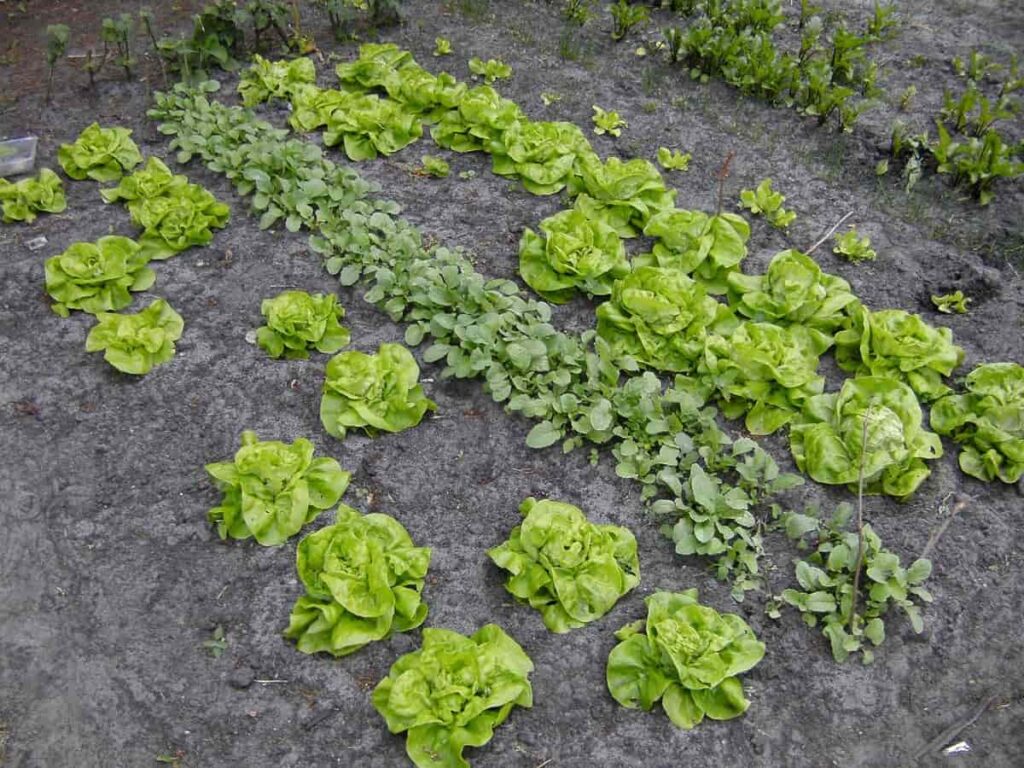
Incorporate garden structures in Potager garden
These can provide surfaces for plants to climb using plant supports, pots, rainwater barrels, and composters. Instead of hiding them at the back of the shed, recycled and handmade products have a charming appeal. In addition to pattypan squashes, climbing beans such as scarlet runners, nasturtiums of all colors, and rambling roses, these structures also support sweet little pattypan squashes.
A potager is best enjoyed when edible and ornamental plants are intertwined; there is no need to separate them. When designing a potager garden, use every inch of space; this means growing vertically. A trellis not only serves a functional purpose but also gives room depth and dimension. Natural materials from the property can be used to make trellises, as can salvaged materials.
For example, sugar peas will be grown on the teepee trellis made from Alderwood branches in the spring and fall, while Gerkin cucumbers will be grown in the summer on the teepee trellis made of Alderwood branches. As well as natural materials, a salvaged handrail is used to house sugar peas and pole beans. Arrange thin and limber branches or purchase cattle panels to create arches.
Start a small Potager garden
Kitchen gardens can be grown on any size plot. However, before excavating your entire side yard, you should start small if you are new to gardening and understand the time commitment. For example, a potager can be planted in window boxes, containers, or pots on a patio or balcony if that is the only available space. Additionally, pots can be strategically placed throughout garden beds to add height; this allows you to move them if necessary as the seasons change to accommodate changing patterns of sunlight.
Plant and grow herbs
Herbs make an excellent foundation for a potager. Herbs such as lavender, thyme, sage, and oregano grow easily and return yearly. For edibles, such as squash, to bear fruit, the herbs need to bloom to attract pollinators. Herbs are also extremely versatile. For example, Dill and sage make beautiful bouquets for the kitchen counter, lavender can be floated in drinks or used in the bath, and chamomile makes soothing tea when steeped fresh or dried. The Potager can also be enhanced with herbal topiaries, which add texture, charm, and interest.
Add pretty, easy-care edibles
Edibles such as rainbow-hued Swiss chard, Tuscan Kale’s deep blue leaves, and colorful lettuces are lovely. In addition, several vegetables are easy to grow, including cayenne peppers, which can be used fresh or dried; cherry tomatoes, which come in various colors. And tiny eggplants, which can be grown in containers.
Furthermore, many new vegetables have been developed to be more compact for container gardening. It is also possible to create a themed garden, such as a spaghetti garden with tomatoes and basil or a cocktail garden with mint and rosemary garnishes.
In case you missed it: How to Build Raised Bed Garden from Scratch: Plan, and Design for Beginners
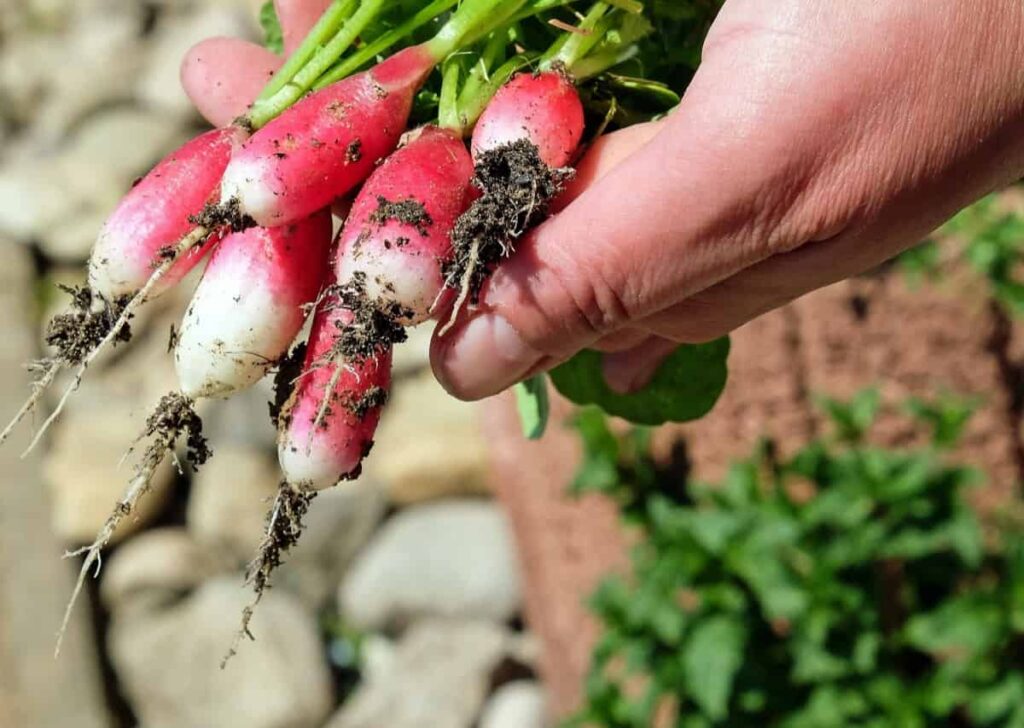
Mingle ornamental plants throughout Potager
Planting perennials and annuals in a potager is a good idea. Nasturtiums and pansies are lovely annuals that are edible as well. The color, texture, and fragrance of perennials such as roses, lavender, salvia, coneflowers, and black-eyed Susans attract pollinators. For color throughout the season, you can add larkspur, cosmos, zinnia, dahlias, sunflowers, mums, and asters.
Plan to plant by the season in your Potager garden
Perennials should be strategically planted, leaving room for seasonal vegetables. Consider the available space and the growing zone before planting. The following are some examples of plants that can be grown during spring and summer.
| Spring and Fall | Summer |
| Sugar and snap peas | Gerkin cucumbers |
| Spinach | Basil |
| Rainbow chard & Kale | Cipollini onions |
| Carrots | Pole beans |
| Beets | Bell peppers |
| Bunching onions | Bunching Onions |
| Lettuce | Banana Peppers |
| Cabbage | Spicy Peppers |
| Kohlrabi | Winter Squash |
Use companion planting in your potager garden
Companion planting is one of the best tricks for designing a potager garden. The technique maximizes growing space and promotes the growth of ornamental edibles. Additionally, companion plants boost growth success, protect against pests, attract pollinators, and increase yields. Planting companions, boosting shade, and giving extra support to sprawling or climbing plants are also important. Additionally, they can suppress weeds and improve soil health. A few popular crop combinations are listed below.
In case you missed it: How to Grow Moringa Tree from Seeds in Backyard: Planting and Care in Winter
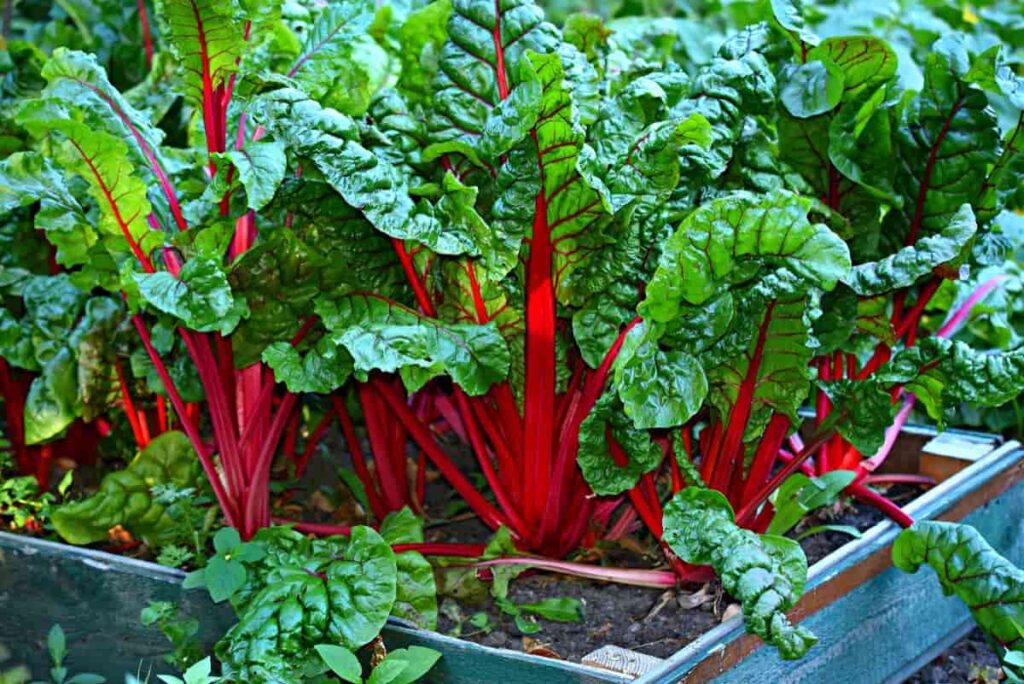
Beetroot
When growing beetroot, it is a good idea to plant it with herbs like basil to keep thrips and aphids away from peppers. Weeds can be kept at bay by planting peppers. Brassicas and beans are also good companions.
Peppers
Aphids are repelled by French marigolds; nasturtiums repel whiteflies. Dwarf French beans should be planted in front of peppers so that nitrogen can be fixed into the soil and the peppers can be fed. Beneficial insects are attracted to Dill. Planting with brassicas or fennel is not recommended.
Carrots
Onions and leeks can help deter carrot flies. Alternatively, you can plant carrots under tomatoes to keep them cool but leave a gap to prevent carrot roots from stunting. Last but not least, avoid carrot flies by avoiding parsnips and celery.
Maintaining the Potager year-round
In a formal potager, harvesting vegetables without destroying planting patterns can be challenging, but less so in a romantic variety. During the season, bare spots can be disguised by edge plots with contrasting plants, such as herbs and flowers. Consider the size of the garden when choosing varieties. Perennials should be kept within bounds by burying strips of metal or plastic. Use fast fillers such as chervil or cut-and-come-again salad greens after harvesting.
These plants often self-sow and can be moved when gaps need to be filled. Fast-growing green manures are ideal: mustard (Brassica) and phacelia (Phacelia tanacetifolia) are excellent, tough, and beautiful choices. As a result of the effort, Potager can be as pleasant as nestled under the terrace, sheltered by high, warm walls but open to the valley full of brown and blue summits, providing a well of warm air for the rosebushes, tulips, and even the stray weeds that smelled of fruit trees, hawthorn, and hyssop at the same time.
In case you missed it: How to Grow Watermelon Faster: Best Tips to increase Flowering, Fruiting, and Production Yield
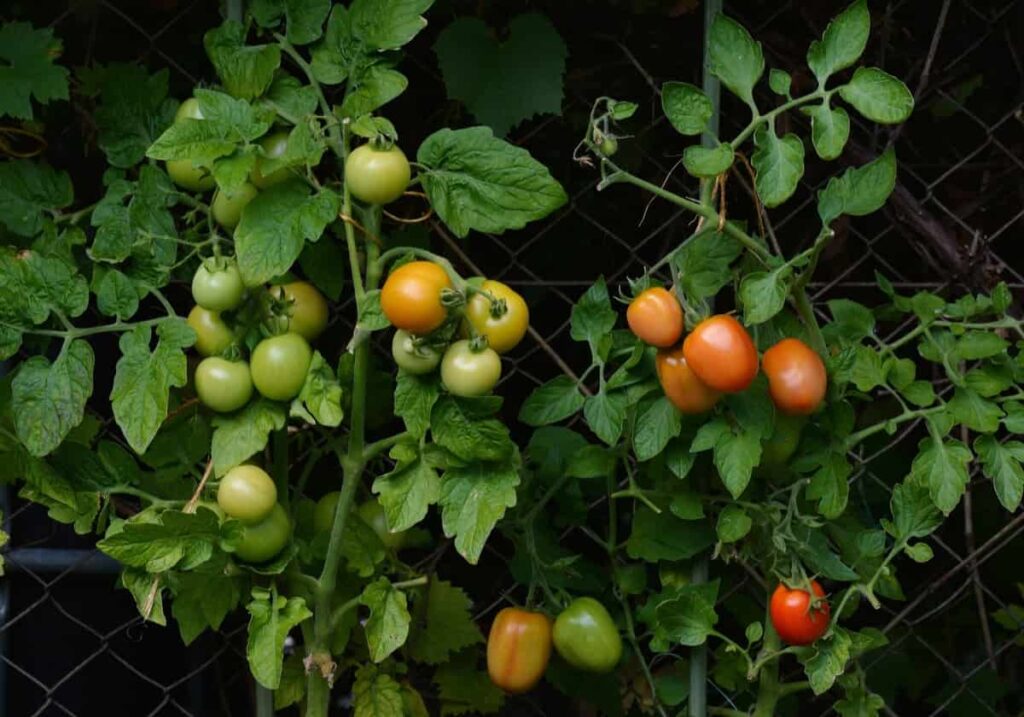
Conclusion
Traditional potager garden design involves arranging edible plants in an ornamental way. Plants are usually arranged in neat rows that form geometric shapes in potager gardens designed in a French country style. In most potager gardens, raised garden beds are separated by paths made of pea gravel or paving stones. In these idyllic kitchen gardens, beauty and practicality combine to create a wonderful, productive space.
- Profitable Village Farming Business Ideas in 2024
- High-Yield Aquaculture: Fast-Growing Fish for Farming
- Effective Fish Pond Construction Techniques for Beginners
- Irrigation and Water Management in Pineapple Farming
- Blossom to Harvest: Mastering Flowering and Pollination in Papaya Farming
- Pig Fattening Essentials: From Selection to Sale for Beginners
- Raising Wagyu Cattle: A Complete Guide for Premium Beef Production
- Soil Types and Their Water Holding Capacity
- Optimizing Irrigation Schedules for Coconut Groves for Enhanced Yield
- Espresso Your Garden: Coffee Grounds for Healthier Acid-Loving Plants
- The Best Soil Mix for Snake Plants: How to Mix Your Own Snake Plant Soil
- Green Thumb Success: Expert Tips for Cultivating Greenhouse Beans All Year Round
- Bloom All Year Round: The Ultimate Guide to Indoor Hyacinth Care
- Eco-Friendly Gardening: How to Make Liquid Fertilizer from Kitchen Waste
- Ultimate Guide to Grow Anise in Pots: Explore Seed Propagation to Harvesting
- Guide to Raising Chester White Pigs: Discover Breed Facts to Growth Management
- Mastering the Elegance: The Ultimate Guide to Weeping Cherry Tree Care, Planting, and Maintenance
- Ultimate Guide to Planting Garlic in Grow Bags: Growing Strategies for Beginners
- How to Fix Spider Plant Leaf-Related Problems: Natural and Organic Remedies
- 10 Reasons Why Your Tulsi Plant is Shedding Leaves: Home Remedies and Solutions
- Optimizing Growth and Yield: The Advantages of Palm Bunch Ash Fertilizer
- Utilizing Neem Oil Extract as a Natural Pesticide for Hydrangea
- From Soil to Harvest: Various Ways in Which Farmers Can Use AI Tools
- Steps to Encourage and Induce Citrus Flowers: A Comprehensive Guide
- How to Fix Snake Plant Leaf-Related Issues: Natural and Organic Remedies
- Transform Your Garden into a Fragrant Oasis with Raat Ki Rani (Night Blooming Jasmine)
- Discover the Ideal Chicken Breeds for Philippine Farms
- How to Create a Poultry Egg Farm Business Plan for Profits
- Grow Lemon Cucumbers Like a Pro: Insider Techniques for Bountiful Yields
- Ultimate Guide to Caring for Your Pink Princess Philodendron: Tips for Thriving Variegation
- Areca Nut Profit Per Acre: Calculating Yield and Cost of Cultivation
- How Kaveri Chicken is Becoming a More Profitable Breed in Indian Backyards
- Transform Your Barn: 9 Steps to Convert a Horse Stall into a Chicken Coop
- Exploring Suffolk Sheep Disadvantages with Limitations and Challenges
- Guide to Solving Potted Lemon Tree Problems: How to Revive Lemon Tree in Containers
- Steps to Encourage Female Pumpkin Flowers: Best Strategies for More Flowers and High Yields
